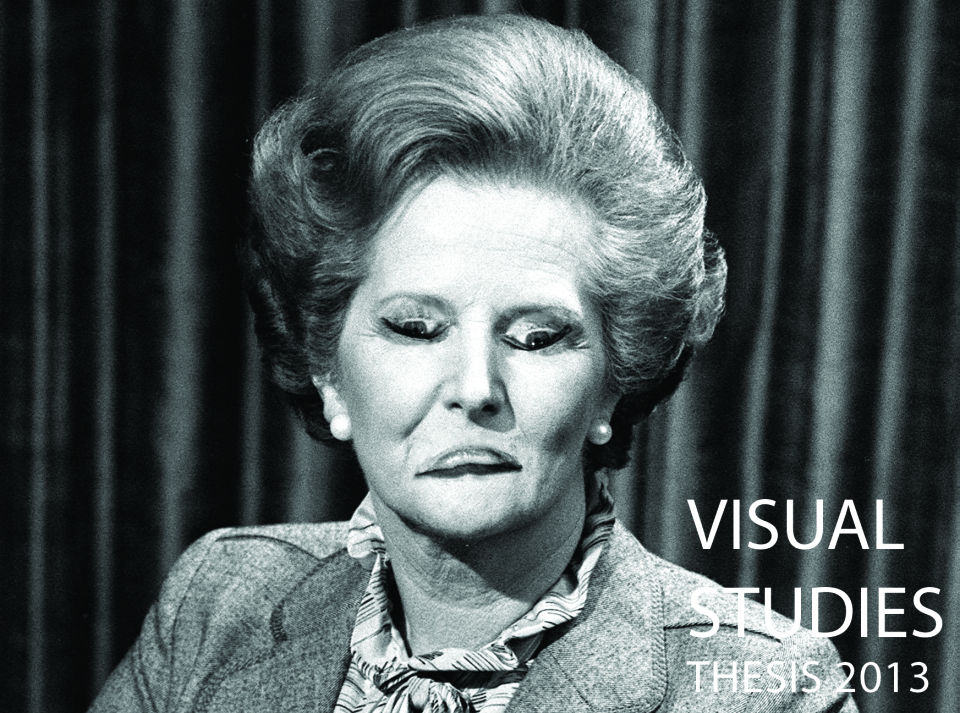
The challenge the Visual Studies Program presents to its graduating seniors is to spend a year developing an original project that explores vision and images across disciplinary boundaries. Students are encouraged to draw on their training in neuroscience, philosophy, art history, art making, psychology, and media studies in designing and executing this project. This challenge attracts students who enjoy putting together unlikely things, blazing new trails, and thinking outside boxes, which is why the annual exhibition of senior thesis work always contains remarkable surprises.
The members of the graduating class of 2013 worked throughout the academic year on their projects with individual guidance from two faculty advisers in different disciplines, drawn from all corners of the Penn campus. Moreover, the students collaborated in a yearlong thesis workshop, led by Professor Jackie Tileston (a painter and teacher of art practice) and myself (an art historian), in which they worked out ideas and gave one another critical feedback. Megan Velong, Program Administrator for Visual Studies (and a recent graduate of the program), collaborated on every aspect of the thesis workshop and was essential to the realization of the thesis exhibition. She was unfailingly generous in working with the students to conceptualize and execute their visual presentations, curate the thesis exhibition, and design the striking invitation and catalogue. The Visual Studies Program and its students deeply appreciate the indispensible, creative contributions of all these individuals.
To the graduates: congratulations, and thank you for sharing your imaginative intelligence with the Visual Studies Program.
—Michael Leja, Visual Studies Program Director
The Visual Studies major is an unusual site for a wide array of integrative thinking, a laboratory for students to question, investigate, hypothesize, challenge, and create. The University of Pennsylvania has been actively campaigning for interdisciplinary cooperation and relationships; these students are at the forefront of this effort, leaping across those boundaries of science, philosophy, art history, and fine arts, enacting the kind of interstitial fluidity that generates new spaces for thought.
It has been an exhilarating experience to accompany these students on the path from preliminary curiosities to fully realized theses; sharp left turns, surprising connections, failures and epiphanies have comprised some of the stations along the way. The range of topics explored includes issues of perception, data loss in digital printing, the gaze, internet consumption, encoding concepts into scents, writing, Semantic Dementia and visual thinking, W.E.B. Dubois’ concept of double consciousness, perception in bees, silent film and cinematic history, raves, paparazzi culture, representations of the devil throughout history, Ukiyo-e prints, and the endless question of what art is.
Most remarkable is the way in which each student has engaged the challenges of what it means to create an embodied form of research, transforming conceptual constructs into visual and haptic manifestations. The thesis exhibition is a lively display of these journeys in the form of texts, videos, photographs, prints, and mixed media installations. This scholarship, intelligence and creativity will make these students fully engaged and lively citizens of a complex world.
—Jackie Tileston, Associate Professor of Fine Arts
CLASS OF 2013